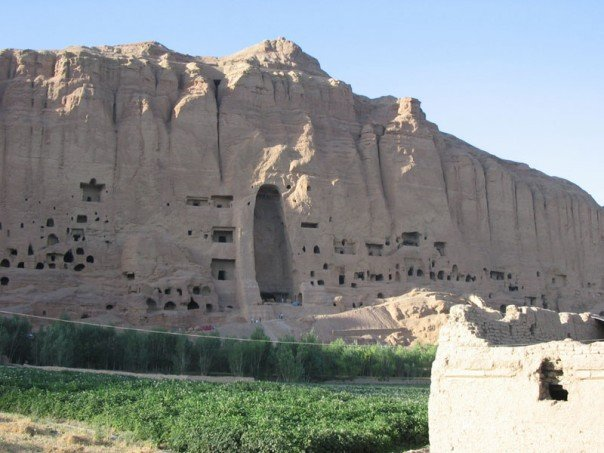
Continuing the discussion on Afghanistan drawn from pages 269-270 of America’s Modern Wars (2015):
CONCLUSIONS
One cannot but help to compare Iraq to Afghanistan. In the case of Iraq, we faced a regional or factional insurgency mostly based upon the minority Sunnis, we installed a government from the majority Shiite faction and then backed that with force ratios sufficient to suppress a regional or factional insurgency. We then bought off the Sunni insurgents by the tens of thousands bringing the violence rapidly under control, while at the same time conducted a surge. The end result was to create a very favorable situation on the ground, allowing us to withdraw and leaving behind trainers in a much more stable environment, and then withdrawn entirely in 2011. Still, the effort has been far from perfect, and the insurgency appears to be now renewed.
In the case of Afghanistan the government is under control of the majority ethnic group, with minority representation. The insurgency is also drawing mainly from that same majority ethnic group. The insurgency primarily appears to be domestically based. As the United Nations noted September 2006: “The insurgency is being conducted mostly by Afghans operating inside Afghanistan’s border. However, its leadership appears to rely on support and sanctuary from outside the country.” The attempts to buy off the insurgents have not met with much success. The current surge has create a force ratio that should be sufficient to control a regional or factional insurgency, given sufficient time.
On the other hand, if this insurgency is broadly based, then we do not have a sufficient force ratio regardless of time. So, in that case, if we cannot buy off the insurgents, then our only option is to add another 100,000 to 200,000 troops to the war and invest several more years, with the attendant casualties and costs, trying to turn the war into our favor. Obviously, this precludes meeting any set withdrawal date.
Still, in all reality the current administration is not going to commit another 100,000 to 200,000 troops to Afghanistan for the next five or more years. This is not in discussion. It does not appear to be in consideration by the U.S. opposition party either.
Given our unwillingness to step up our commitment, then the only questions is whether a slower withdrawal will provide more tangible benefits than a fast withdrawal. This we have not examined. Still, this is not “winning” the war in any sense of the word winning. It is withdrawing with the situation on the ground unresolved and a government that is far from democratic or stable. We will be leaving behind trainers and other support people, but limited combat troops. If history is a guide, then this government will be replaced one way or the other several years after we withdraw. What will replace it is hard to determine, but will probably include a return to some extent of the Taliban, or perhaps with them leading the new government. It is also distinctly possible that the country will return back into civil war. None of this fulfills our objectives.
This was written in early 2015. That ends my excerpts from Chapter 21: Relating a Force Ratio Model to Afghanistan, pages 253-273 (there were three pages of endnotes to the chapter).
….
(to be continued)
